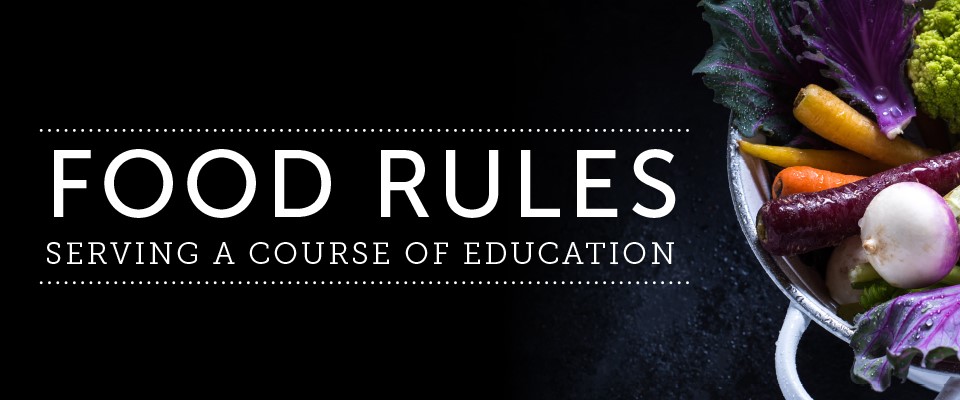
Food Rules – Serving a Course of Education
For rehabilitation clients, dining takes on urgency and adaptation, because food choices often need to change to ensure better health. For these clients, the clock is ticking: In their relatively short span of care, many must learn to change their diets for good.
“It’s very much about education,” said John Rifkin, Senior Corporate Executive Chef for Morrison Community Living. “It’s important to start on day one with explaining the food they need to learn to eat, and how to shop and prepare it, to help them regain full health. The goal with rehabilitation clients is to make sure when they leave, they don’t come back again.”
Rifkin shared several important elements of a best-in-class dining service for rehab clients:
- Trained service associates are critical. “Someone in rehab may be sore and in pain,” Rifkin points out. “That means training is very important for associates involved in dining, who will touch their lives three or more times a day.”
- Chefs share expertise. “Table touching” is when a chef mingles during mealtime, answering questions and offering insight into ingredients and cooking techniques. He or she understands the emotional connection with favorite foods, and demonstrates to boost flavor and lose sodium, for instance. “With hands-on teaching, you see how to have your comfort foods and eat what tastes great,” Rifkin said.
- Engage across multiple platforms. In the best rehabilitation settings, a client has a robust schedule of educational sessions regarding food choices and proper nutrition. At home, he or she can access educational videos via computer or smartphone. “The chef and dietitian can build the right educational toolbox for each client,” Rifkin said.
- Offer creative solutions and support. For clients who require assistance with food preparation, a delivery service like Bateman Select Meals can help provide balanced nutrition.
Best dining practices help create positive word of mouth, which leads to more referrals from hospitals and doctors in the community. “You want to be the provider that every hospital and doctor in the surrounding area says, “That’s where you go for quality care,’” Rifkin encourages. “Strive to make your quality and style of food service—whether sit down or room service—such that when a client goes home, they feel emotionally connected with you and your brand. Dining can help you become the go-to provider or rehab in your community.”
